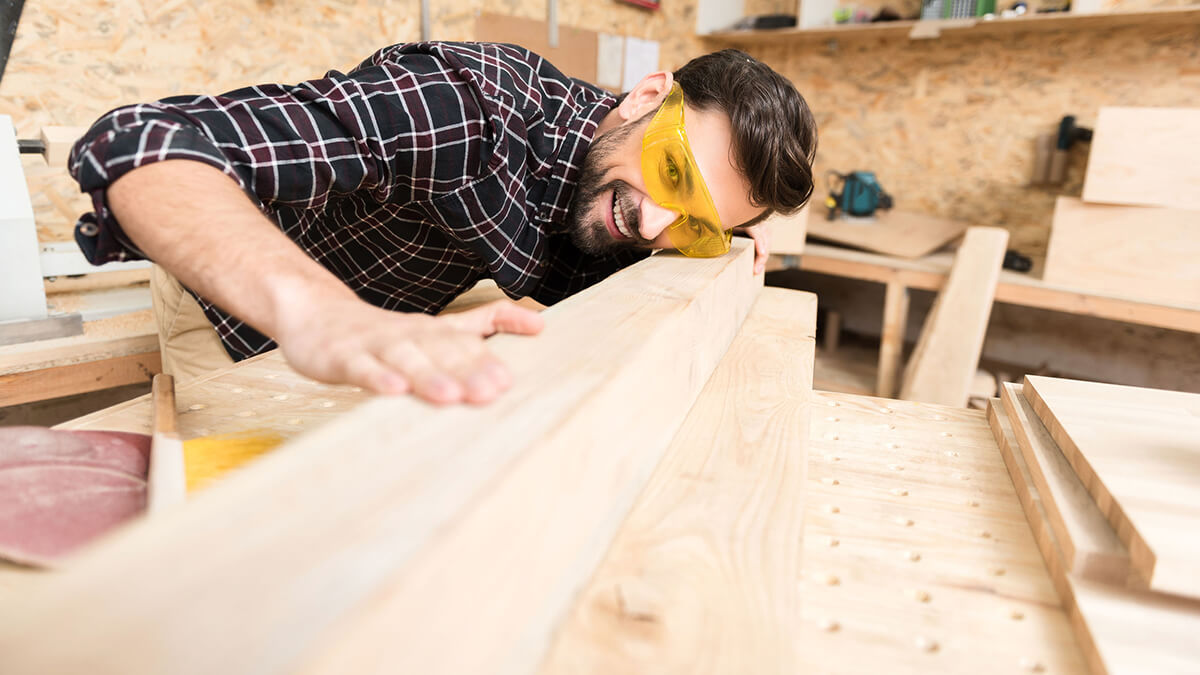What is a sawing machine? A sawing machine is used for sawing processed objects. It is often used in industrial or construction sawing technology.
Meaning of sawing
First of all, let me tell you what "saw" mean: A saw is a tool consisting of a tough blade, wire, or chain with a hard toothed edge. It is used to cut through material, very often wood though sometimes metal or stone. The cut is made by placing the toothed edge against the material and moving it forcefully forth and less forcefully back or continuously forward. This force may be applied by hand, or powered by steam, water, electricity, or other power sources. An abrasive saw has a powered circular blade designed to cut through metal or ceramic.
The most commonly used materials like steel, aluminum, brass, plastics, etc. are available in standard sizes and shapes. But before the metal is presented to a machine tool it is usually cut to some specified length and operation of cutting is generally performed by sawing. Therefore, metal sawing is chiefly concerned with cutting bar-stock to convenient length for machining.
It is very important that the designer should know and consider the standard sizes before completing his dimensions of the part to be designed. In many instances of design, a part size can be altered slightly in dimension in order to use a standard stock size and save money. Knowing the resulting variations in the size of work resulting from the various sawing machines may be an important part of good designing.
Full utilization of raw material will depend upon the design of the part, the skill, and knowledge of the operators involved, and the limitations and waste of the material during the sawing operation used to prepare the work. Good planning may save money in many ways by reducing the cost of direct material, machine time, and labor time. The sawing process has the advantages of doing the job faster, saving material, using less power, and minimum material loss as chips.
What is a sawing machine?
The circular sawing process is performed by rotating a blade that can be operated horizontally or vertically or at a specific suitable angle.
A sawing machine is a device for cutting a material bar or cutting the shape of a circular material plate. Cutting tools for sawing machines can be divided into several types, thin metal discs with teeth at the edges, thin metal blades, or flexible belts with teeth at the edges, and thin grinding wheels. These tools can all have the function of sawing. Sawing can be divided into friction-created melting, grinding, or cutting.
Due to the rigidity of the machine and the cutting blade, the circular sawing process is highly accurate. The circular sawing process produces a burr-free surface that reduces the need for secondary precision machining.
Applications:
- Stock cutting
- Carpentry
- Building trade
- General engineering use
- Create a channel/groove in the material
In industrial applications, the speed of metal sawing is an important economic factor. Cutting rates of metals with a reciprocating saw are dependent upon several process parameters, such as the applied pressure on the saw, the reciprocating speed of the saw blade, and the geometry of the cutting edges. An analytical model was developed to predict the cutting rate of metals with a reciprocating saw. Particular attention was placed on the sawing rates of steel due to their broad commercial usage.














